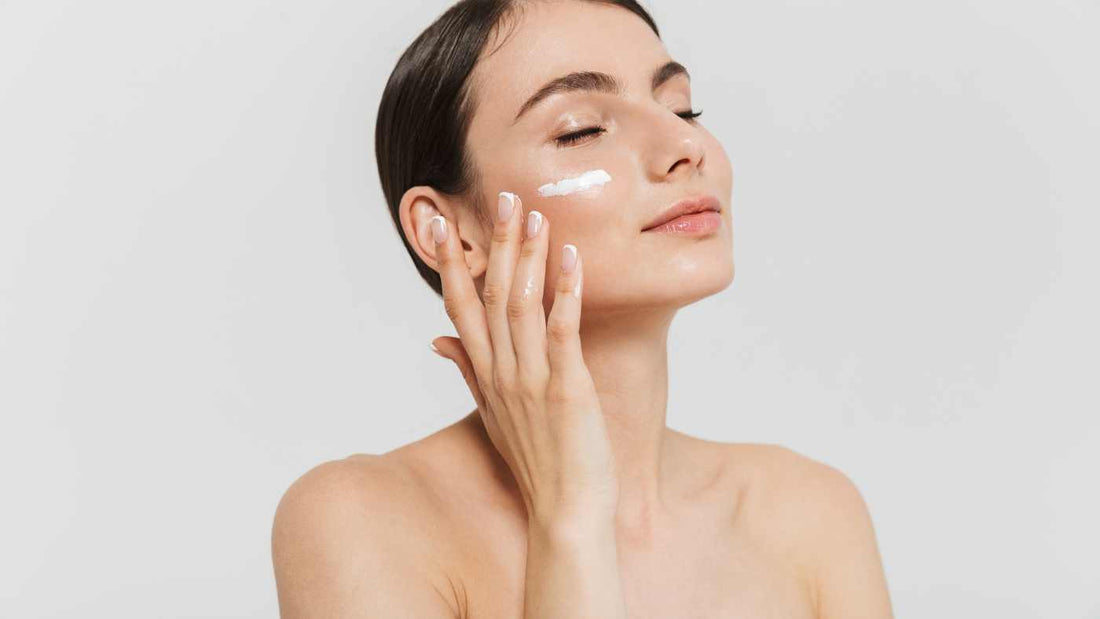
Tallow vs. $2K Skincare Routine: Which Wins for Glowing Skin?
Share
In the last three years, WellnessTok has seen a massive surge in 'tallow-based skincare' searches.
If you spend even an hour surfing the beauty section of TikTok, you'll see several raving videos calling it the best thing since sliced bread.
Who would have thought there'd come a time when people would gladly slather animal fat on their skin?
I believe Covid ushered in that 'time.'
It divided us into two groups: group 1, with those who got pretty laid back on skincare during the lockdown, and group 2, with those who explored and discovered the skin-plumping wonders of tallow.
Today, we're all back in the saddle.
Thousands of Americans are looking to rewind aging with various skincare routines—botox, fillers, and the combo of moisturizers, toners, serums, etc. The big question is:
"Can we enjoy the best of both worlds by mixing tallow into our current routine? And do we have to break the bank to get that dewy, taut skin of our 20s?"
As skincare trends evolve, a fascinating aspect emerges: the allure of luxury skincare, which raises another question:
What makes up a $2k skincare routine?
Albeit anecdotal research, I've seen several breakdowns of how much a handful of women say they spend on skincare every year, and on average, it's somewhere north of $2k.
Facials once a year, botox 3x/year, plus fillers, and you're already hitting the $2k mark.

Even if you're not into those procedures, most people still spend a lot of money stocking up on their favorite brands during a sale, re-upping their sunscreens, and making some "let's see if this brand is worth it" purchases.
These are what account for a $2k skincare routine. The desire for more organic, clean skincare ingredients led us to one of nature's best moisturizers.
Why Tallow's all the rage right now?
'Angel investor' and famous influencer Hannah Bronfman recently revealed she slathers tallow all over her face every night.
But several hundreds of years before her announcement, the ancient Egyptian beauty Cleopatra already had it in her skincare regimen alongside frankincense oil.
Since grease is animal fat, it's understandable why it's a no-no for the vegan/vegetarian community.
But I genuinely believe if you're going to kill an animal, you should do the animal (and the ecosystem) a good service by putting every part of the animal to use.
According to the North American Renderers Association, about 53 billion pounds of animal by-products and fat (like grease) get recycled in North America each year.
Thankfully, all of that skin food isn't going to go to waste. It is a big win for both your skin and the ecosystem!
Is tallow good for the skin?
Tallow is, in many ways, the 'perfect moisturizer'—first because it has a pH level that closely mirrors that of our skin, which helps restore the skin's natural balance.
Also, because of its highly saturated fat content, it is better absorbed into the body, making it perfect for locking in moisture if you've got dry skin.
It's rich in fat-soluble vitamins like D, E, and K, stimulating collagen production, promoting skin elasticity, and preventing free radical damage. Speaking of collagen,
Our Nose-To-Tail Protein contains some much-needed organs and collagen to give your skin a firm, plump look.
High-quality grass-fed tallow feels light on the face and doesn't break you out because it mimics the healthy fat in your skin.
A potential deal-breaker for most people regarding fat is the 'strip steak' smell it leaves on you if it's not correctly rendered.
Stench-free fat is obtained by rendering or cutting up the fatty tissues on your meat cut, boiling it in a vat, and then collecting the fat by skimming.
If you want to go further and smell nice while covered in fat, you can opt for tallow products containing lavender or other essential oils.
So how best can tallow fit into your current skincare routine? Like I said before, tallow is an excellent moisturizer.
You can apply grease in the morning just underneath your sunscreen, then in the evening after double cleansing.
Some folks say fat can act as a sunscreen, but fat by itself has a meager SPF value of just 4, which won't do you any good against the searing sun.
What does science say about Tallow?
There are few studies on the benefits of fat.
Still, a recent 2022 study showed that emollients and moisturizers containing glycerol (a fatty compound in tallow) significantly improved skin moisture in all 49 study participants.
We expect to see more studies showing the skin-healing benefits of fat in the coming years.
Final Thoughts
If you're looking for an eco-friendly skin food that's so clean you can eat it and apply it to your skin, then fat is your best option.
If you're in between routines or trying out new products, you can rest assured knowing you've got a great moisturizer looking out for you.
For people with dry skin, this is music to the ears.



